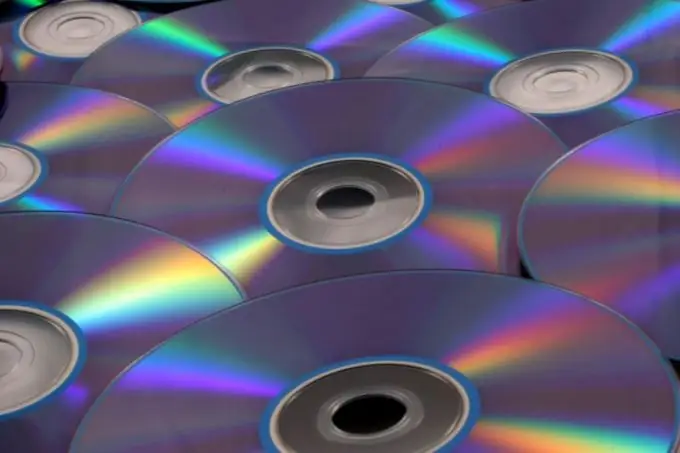Digital video cameras are constantly being improved. The video quality is continuously improved. This leads both to the emergence of new video recording formats and to an increase in their number.

It is necessary
- - video converters;
- - Nero program;
- - documentation for hardware players;
- - blank CDs and DVDs
Instructions
Step 1
If you are engaged in video filming or digitizing video materials, the question of choosing a format becomes especially important for you. Your choice will depend on the goals you set for yourself and on the technical means you have.
Step 2
For archival storage of videos, your best bet is to keep the original video files in the format in which they were captured. The fact is that each subsequent conversion and compression of a video file leads to the loss of some information. For the same reason, it is possible to recommend digitizing and saving analog video in a format without compression (compression). These files are large and are best burned to Blu-ray discs.
Step 3
If you record video files for the purpose of further video editing, then uncompressed video has its advantages here too. But a video editor program can offer you formats from its set. You have to put up with this. The volume of the hard disk of the computer also sets its limits.
Step 4
Ultimately, the choice of the video recording format depends only on what device you are going to play this video on. For example, if you want to use a computer with the Windows operating system to watch videos, then the acceptable solution for you may not be to convert the file, but to install a universal software player. These include, for example, VLC and GOM Media Player. These players work with many different video formats, and GOM Media Player can also download codecs from the Internet.
Step 5
Portable mp4 video players, as well as some e-book readers (book readers), can successfully handle most video formats. They can even play HD videos. Many of them have an output for connecting a TV. There are also special portable video players, the storage media for which are USB drives and memory cards. These devices also use a wide variety of codecs.
Step 6
If you want to record a video for playback on a mobile phone, then for this you may need to convert the video file to the appropriate format. For most mobile phones and smartphones, this format is 3GP, but there are also options. For the correct choice of the video file format, be sure to study the documentation of your mobile phone. You need to know not only the video compression codec, but also the audio parameters, frame rate and, most importantly, frame size.
Step 7
The video format is of particular importance for the playback of video discs. These are DVD players and the DVD format is standard for them. If you need a generic disk for these devices, use this format. But here you need to take into account that DVD is a disc format, not a video file format. Such a disc must be mounted with special programs from files of MPEG-1 or MPEG-2 video format, the audio format of these files is most often AC-3.
Step 8
Some DVD players can play Video CD (VCD) and Super Video CD (SVCD). Information about these types of discs can be found on the Internet, and you can mount such discs in Nero from files with MPEG-1 codecs.
Step 9
Many modern DVD players can read both discs burned as a data disc and containing video files with the avi or mpg extension. Readable for such DVD players are DivX and Xvid codecs (files with avi extension) and MPEG-1 (files with mpg extension).
Step 10
For home video collection, the most suitable codecs are Divx and Xvid. Select mp3 codec for sound. Set the file extension to avi. You can also record HD video in this format. Video files of this format are accepted by most video hosting sites, they are played by all software players and many hardware ones.






